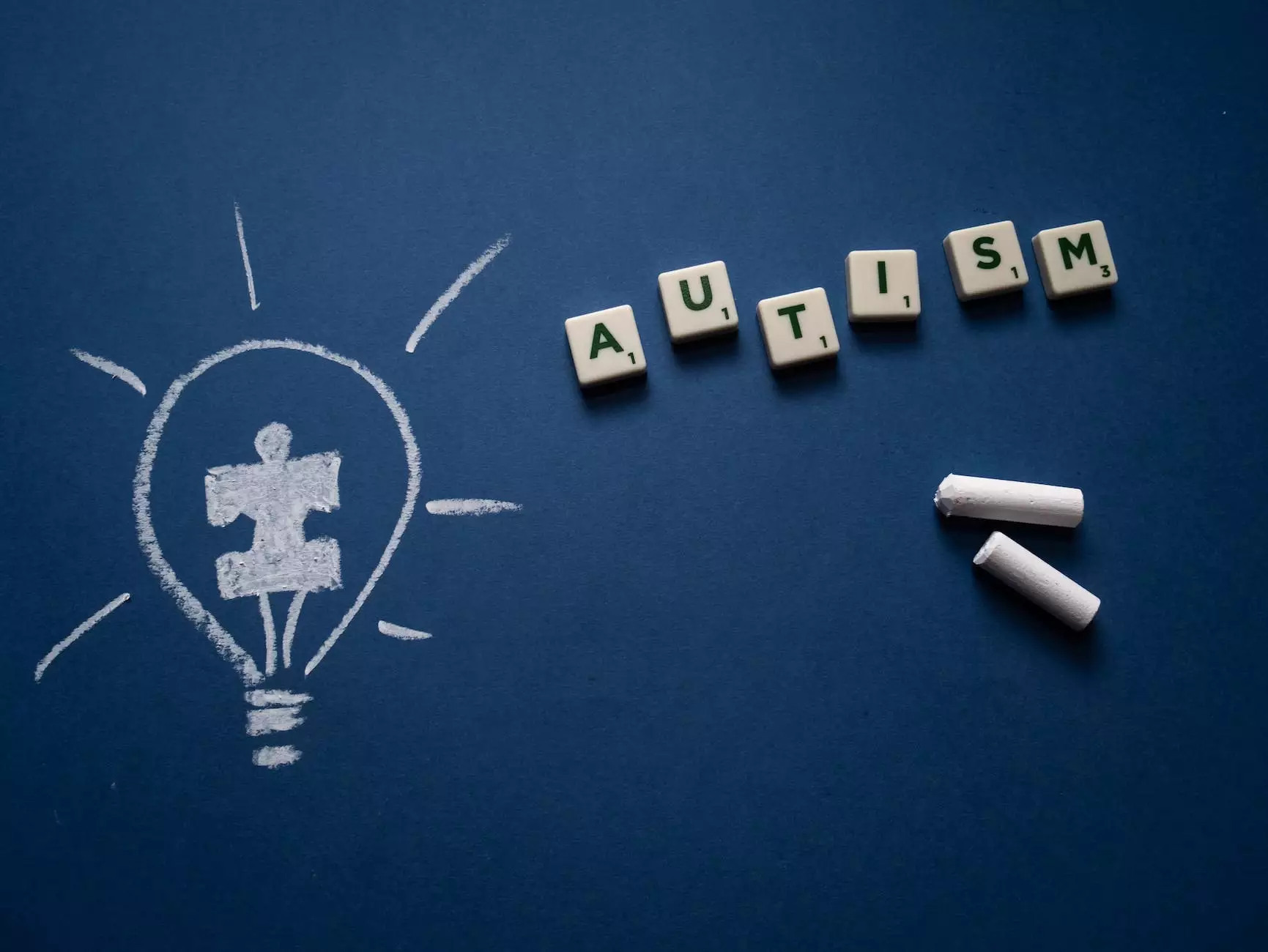Data Collection in ABA Therapy: The Key to Measuring Progress and Tracking Success

Welcome to Festivals Bazar's comprehensive guide on data collection in ABA therapy. In this article, we will delve deep into the importance of data collection and how it can be the key to measuring progress and tracking success in Applied Behavior Analysis (ABA) therapy.
Understanding ABA Therapy
Applied Behavior Analysis is a highly effective approach in treating individuals with autism spectrum disorder (ASD) and other developmental disabilities. ABA therapy focuses on analyzing behaviors, identifying their functions, and implementing evidence-based strategies to bring about positive changes in behavior and skill acquisition.
One of the critical components of ABA therapy is data collection. This process involves the systematic and objective measurement of behavior and skill acquisition to monitor progress and make data-driven decisions. A well-designed data collection system helps professionals assess the effectiveness of interventions, modify strategies when necessary, and track the overall progress of individuals undergoing therapy.
The Importance of Data Collection in ABA Therapy
Data collection serves as a foundation for ABA therapy by providing crucial information that guides the decision-making process. By collecting accurate and detailed data, therapists can:
- Measure progress: Data collection allows therapists to assess the effectiveness of interventions by measuring progress over time. It helps determine whether the implemented strategies are producing desired outcomes or if modifications are necessary.
- Track skill acquisition: Through data collection, therapists can track the development of various skills targeted during therapy sessions. This enables them to identify any gaps in skill acquisition and make adjustments to the intervention plan accordingly.
- Identify patterns: Analyzing collected data helps professionals identify patterns in behavior, triggers, and potential reinforcement strategies. This information is essential in developing individualized treatment plans tailored to the unique needs of each individual.
- Evaluate treatment effectiveness: By analyzing collected data, therapists can objectively evaluate the effectiveness of specific interventions and adjust treatment plans accordingly. This ongoing evaluation ensures that therapy approaches are evidence-based and yield the best possible outcomes.
Effective Data Collection Methods
Implementing effective data collection methods is crucial for obtaining accurate and meaningful data. Below are some commonly used data collection techniques in ABA therapy:
1. Frequency Recording:
This method involves tallying the number of times a particular behavior occurs within a specified timeframe. It is useful for tracking behaviors such as verbalizations, self-stimulatory behaviors, or aggression.
2. Duration Recording:
Duration recording involves measuring the total duration of a behavior, capturing how long it lasts. This method is beneficial for behaviors that have a clear start and end, such as tantrums or on-task behavior.
3. Latency Recording:
Latency recording measures the time between the occurrence of a cue or instruction and the initiation of the targeted behavior. It helps track response times and assess compliance with instructions.
4. Event-based Recording:
Event-based recording involves documenting specific occurrences or incidents of a behavior, such as instances of aggression or self-injury. Each occurrence is recorded individually, providing insight into the frequency and context of the behavior.
5. Interval Recording:
Interval recording involves dividing a session into a series of predetermined intervals and noting whether the behavior occurred or not within each interval. It is valuable for observing behaviors that may have short durations or occur at irregular intervals.
Implementing Data Analysis for Enhanced Outcomes
Collecting data alone is not enough. Proper analysis of the collected data is vital for making data-driven decisions and enhancing the effectiveness of ABA therapy. Skilled professionals use data analysis techniques to identify patterns, trends, and progress levels, which inform intervention planning.
ABA therapists often utilize visual representations, such as graphs or charts, to visually depict data patterns over time. These visual aids provide a clear overview of progress and allow for easy identification of any deviations or trends that require attention.
When analyzing data, therapists examine various factors, including behavior frequency, skill acquisition rates, response latencies, and any potential correlation between targeted behaviors and environmental variables. This comprehensive analysis enables them to make informed decisions about intervention plans, reinforcement strategies, and modifications to enhance therapy outcomes.
Conclusion
Data collection is an integral part of ABA therapy, providing critical insights into progress and allowing professionals to make informed decisions. By implementing effective data collection methods and conducting thorough analysis, therapists can tailor interventions, track skill acquisition, and maximize the success of ABA therapy.
At Festivals Bazar, we understand the value of data collection in ABA therapy, and we are committed to equipping therapists and families with the knowledge and resources they need for successful outcomes. Browse our website to find more informative articles and resources on various aspects of ABA therapy, including data collection, behavior analysis, and skill development.









